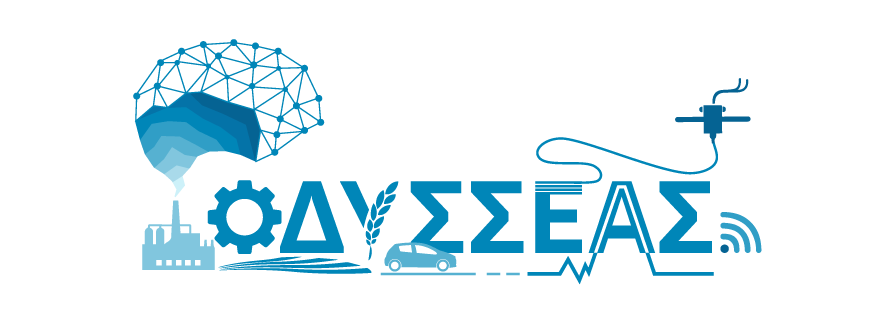Presentation of the equipment operation of the intelligent 3D printing infrastructure of the ODYSSEAS project
Within the framework of ODYSSEAS project, a series of actions has been accomplished in order to examine and guarantee the effective operation of the equipment of the intelligent 3D printing infrastructure. Specifically, the following 3D printers were utilized:
- 3D printing machine for metallic materials (ORLAS CREATOR)
- Laser sintering 3D printing machine for polymer materials (SINTERIT LISA)
- Fused Deposition Modeling and Full-color 3D printing machine (XYZ Printing Da Vinci Color)
- Stereolithography 3D printing machine for dentistry (formlabs Form 2)
- 3D Bio- printing machine (CELLINK BIO-X)
ORLAS CREATOR
The ORLAS CREATOR machine tool is based on Selective Laser Melting (SLM) technology. In particular, this machine enables 3D model manufacturing using powdered metallic materials (e.g. stainless steel, chromium-cobalt (CoCr), gold, silver, aluminum, titanium etc.). The model manufacturing is carried out in a closed chamber, provided with nitrogen or argon to prevent oxidation and degradation of the metal powder. The tank containing the metallic powder is elevated, revealing a thin layer of the material, which is spread to the build bed through a recoater mechanism. A focused laser beam contributes to the thermal fusion of the powder particles, forming the cross-section of the first layer of the part. After the first layer is fulfilled, a thin layer of the powdered material is re-applied and the process is repeated until the desired 3D model is completely formed.
SINTERIT LISA
The SINTERIT LISA machine tool enables the production of 3D prototypes from polymer and elastomeric materials, using Selective Laser Sintering (SLS) technology. This technology utilizes high-power lasers to sinter the small powdered particles of the raw material. The powder is inside the secondary bed and through a recoating mechanism, a thin layer of the powder is transferred and compressed to the main build bed, in order to be used as the first cross-sectional layer of the desired pattern of the 3D model. The laser beam scans the desired surface of the powder, by sintering the particles together and creating the first cross-section of the model. The process is repeated until the final 3D object appears.
XYZ Printing Da Vinci Color
XYZ Printing Da Vinci Color machine tool is based on Fused Deposition Modeling (FDM) technology. This technology uses thermoplastic material (filament), which is fed through a moving and heated nozzle, and subsequently is extruded and deposited sequentially layer-by layer on the building platform. The print head (nozzle) moves in two axes (horizontal plane), depositing one layer of thermoplastic material at a time. The material solidifies immediately after the extrusion and then the nozzle moves vertically to deposit the next layer of material. The process is repeated until the desired 3D model is completed.
Formlabs Form 2
The Formlabs Form 2 Machine tool enables 3D printing of parts and prototypes through sequential solidification of photopolymer resin layers, utilizing Stereolithography (SLA) technology. The tank contains the raw material (i.e. liquid polymers) and the building platform moves properly to create the 3D object. The laser beam creates the cross-section of the desired 3D model on the surface of the resin, and then solidifies. The building platform is lowered along the Z axis and a mechanism recoats the top surface of the resin within the tank. This process is repeated until the final 3D model is completed. After the process is completed, the build platform and the 3D model are removed, requiring further post-processing procedures.
CELLINK BIO-X
The CELLINK BIO-X machine tool allows the 3D printing of biological prototypes, by utilizing material extrusion technology and bioinks as raw material. The user selects and places the appropriate building platform (e.g. petri dish), and then a moving nozzle, extrudes and deposites each cross-sectional layer of the model successively. Subsequently, the building platform moves in the z-axis, and a new layer of material is deposited each time through the nozzle. The process is repeated until the desired 3D model is completed.

